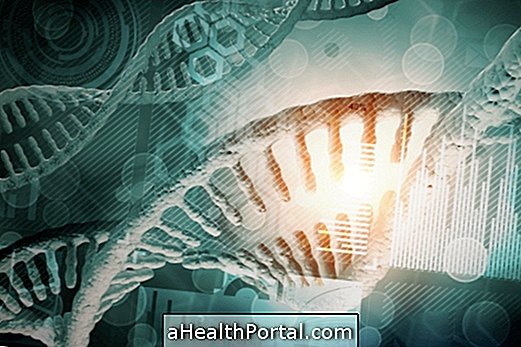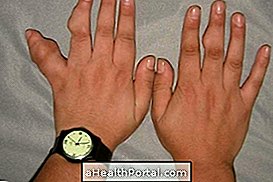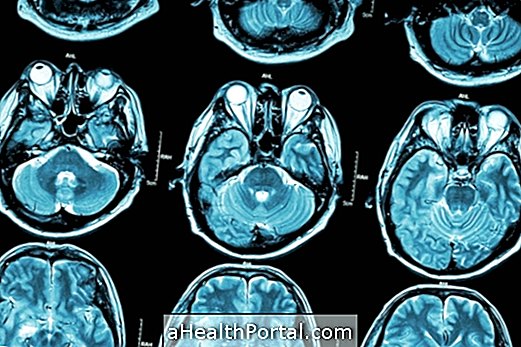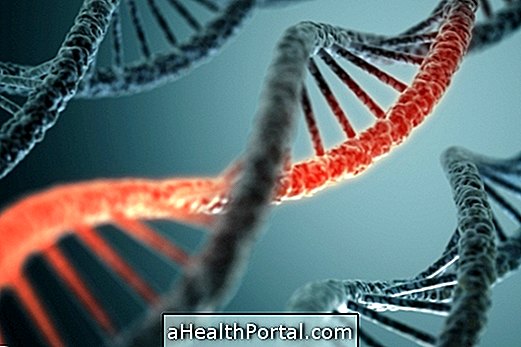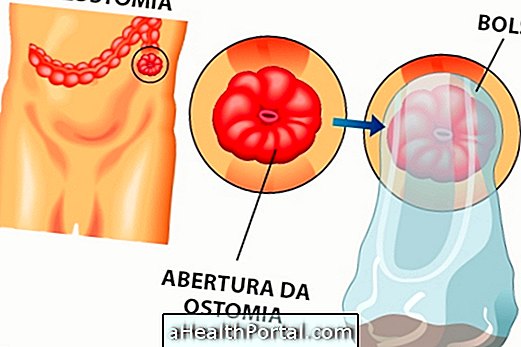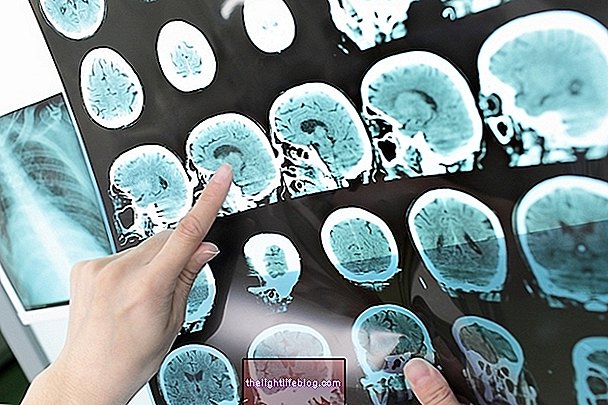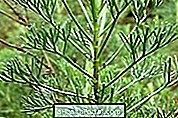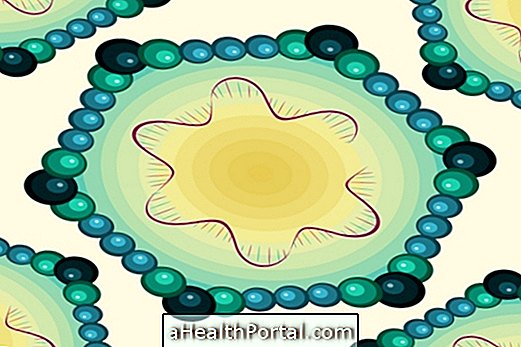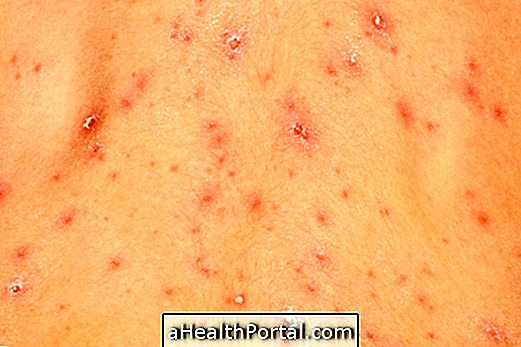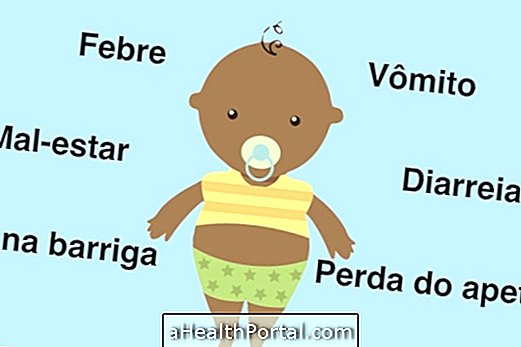Diffuse cutaneous mastocytosis is a rare disease caused by a disorder in the immune reaction, where mast cells (defense cells) accumulate in the tissues of the skin or other tissues of the body, especially in the bone marrow and gastrointestinal tract.
Mastocytosis may be confined to the skin or may involve other organs such as the stomach, intestines, liver, spleen, lymph nodes, and bones. Although rare, it may be associated with severe blood disorders such as acute leukemia, lymphoma, chronic neutropenia or some myeloproliferative disorder, mast cell leukemia, and aggressive mastocytosis.
Symptoms of mastocytosis
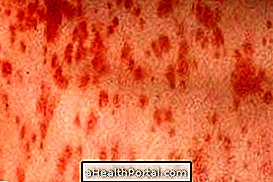

The symptoms of mastocytosis can be:
- Urticaria pigmentosa: small reddish brown dots on the skin;
- Peptic ulcer;
- Vomiting in a jet;
- Chronic diarrhea;
- Abdominal pain.
- Sensation of dizziness when getting up;
- Lips and tips of numb toes.
The diagnosis is confirmed by the high levels of histamine or prostaglandin D2 in the 24-hour urine collected shortly after the crisis and by the increase of the mast cells in the cutaneous lesions (histology).
Treatment for mastocytosis
The treatment of mastocytosis is done with the ingestion of 2 types of antihistamines: histamine 1 receptor blockers, the type used in the treatment of allergies, and histamine 2 receptor blockers, the type used in the treatment of peptic ulcers. However, when mastocytosis is associated with a serious underlying disorder, the treatment is much more complex.
Mastocytosis in children sometimes cures on its own.
